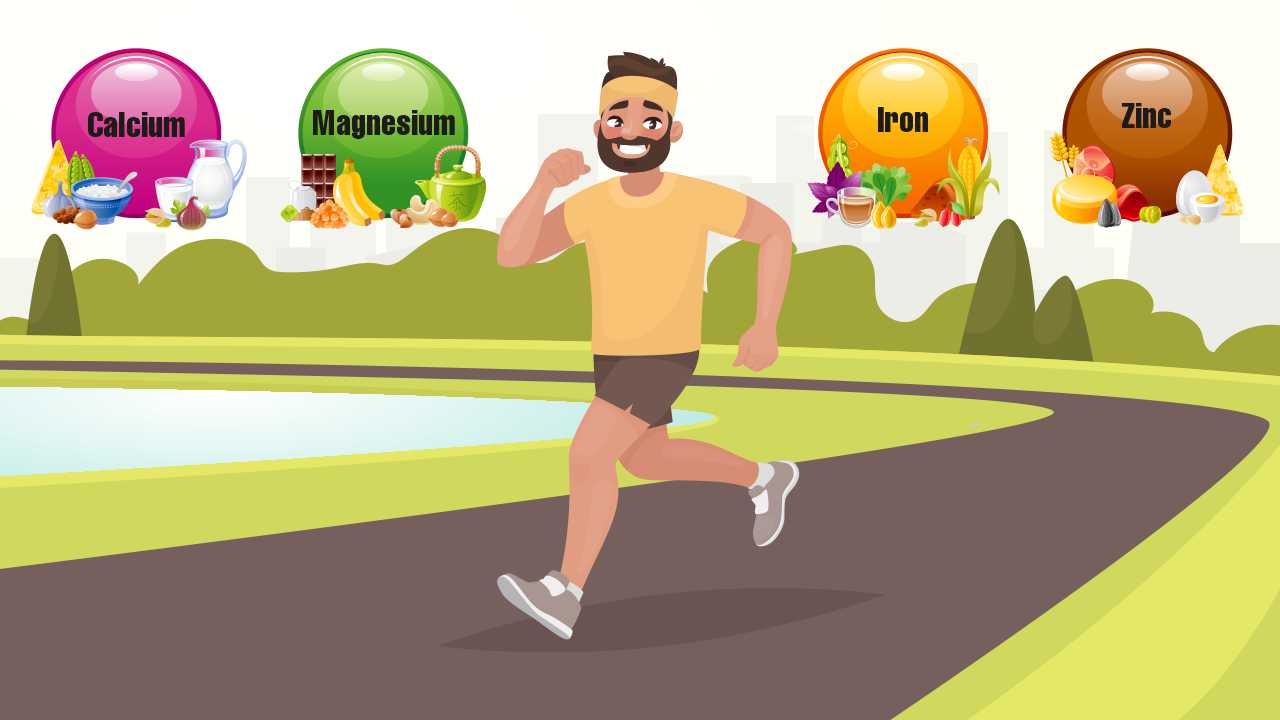
How to Fuel If You Are Running in the Heat?

While running is a year-round sport, varying seasons require different fueling strategies to perform and recover at your best. Colder temperatures often allow for faster running, lower heart rates, and a better hydration plan. As the temperature increases, runners encounter a whole new set of challenges. Issues with the gut also amplify when it is hot outside.
Let us first take a look at what happens to your body when the temperature rises. Exercising in the heat takes the blood flow away from your muscles and pumps it to your skin to help cool you down. This results in more energy usage, decreased digestive ability, increased lactate production, and a higher heart rate at a given pace than in cooler weather.
With all of this going on, your appetite can plunge, which may lead to an upset stomach. So, effective fueling is essential while running in higher temperatures.
Fueling ideas for running in the heat
Here are some tips for adjusting your fueling strategy during hot weather.
1. Hydrate well
Do not underestimate the importance of hydration. This is the best way to keep your body healthy and train consistently.
Also read: How to Plan Hydration as a Runner on a Hot and Humid Day
2. Include water and electrolytes in your fueling plan
Make it a point to drink at least around 35ml of water per kilogram of your body weight. So, if you weigh 70kg, it is recommended to drink 2,450ml (35mlx70kg) of water. Moreover, adding an electrolyte mix to your pre-and post-workout routine will ensure that you’re maintaining proper electrolyte balance. The hotter it is, the more we sweat.
When choosing an electrolyte mix, the drink should contain 300mg of sodium, along with potassium, magnesium, calcium, and minimal sugar. Also, hydrate well so that your digestive system can function efficiently. Remember that dehydration forces the large intestine to pull water from the food we eat, which results in constipation.
Also read: What Role Do Electrolytes Play During And After a Long Run
3. Opt for nutrient density over caloric density
Stock up on seasonal produce and eat light meals. As a runner, it is advisable to consume a variety of fruits and vegetables in humid conditions. These items are good sources of much-needed carbohydrates and simultaneously offer an array of necessary vitamins and minerals.
Additionally, they provide antioxidants and anti-inflammatory benefits. Usually, the appetite reduces when it is hot outside. So, it is the right time to focus on nutrient density, which is the number of valuable nutrients found in your meals, over caloric density, which is the number of calories found in your meals
Your goal is to have the highest return on your dietary investment. The better the nutritional value of your food, the more you will benefit. So, it is suggested to replace the large, heavy meals of roti or rice with cooked pulses and dals with fresh options like salads, fish, and steamed or grilled vegetables.
4. Plan and prioritize recovery fueling
Finishing a long, hot run can be exhausting and your appetite may be less than usual. This is not the time to skimp. Your body still needs the proper nutrients to repair and rebuild.
While you do not have to replace all the calories burned during your run, you want to make sure to get at least a 150-200 calorie protein and carbohydrate-rich snack. You may opt for a snack like a full-fat yogurt with berries or a protein smoothie with a banana. After eating, you may drink some coconut water or an electrolyte mix for proper hydration.
Also read: How to Recover Well from a Race
Ideal foods for running in the heat
It is advisable to add a few nutritious food items to your grocery cart when there is a hike in temperature. Doing this will help you succeed in your outdoor running drills. A few must-have eatables include:
1. High-water content fruits
Consuming high-water content fruits such as watermelon, cucumber, berries, oranges, and cantaloupe will ensure effective hydration while running in the heat.
2. Avocado
Avocado is rich in vitamins B and C, which are not stored in the body and need to be replenished daily. It also contains monounsaturated fat, which helps a runner’s heart stay strong by lowering cholesterol and blood pressure.
3. Beetroot
Popularly known as beets, beetroot is an amazingly nutrient-rich food that all runners should be eating. This root vegetable is high in Vitamin C, folate, manganese, and potassium and is especially great for runners because of its nitrate content. Nitrate aids in boosting speed in a nutritious manner.
Lastly, all these foods are high in fiber, which keeps you feeling fuller for a longer time and helps you maintain healthy digestion.
These foods and eating principles should be the building blocks of your nutrition plan when it gets hot outside. Runners are more active in the heat compared to cooler conditions. So, stay on track and run strong by incorporating the above suggestions into your diet. Proper planning and regular hydration will ensure that you deliver your best.
References
1. Hosier G. How Much Does Heat Slow Your Race Pace? Podium Runner. 2019; published online Aug 22.













